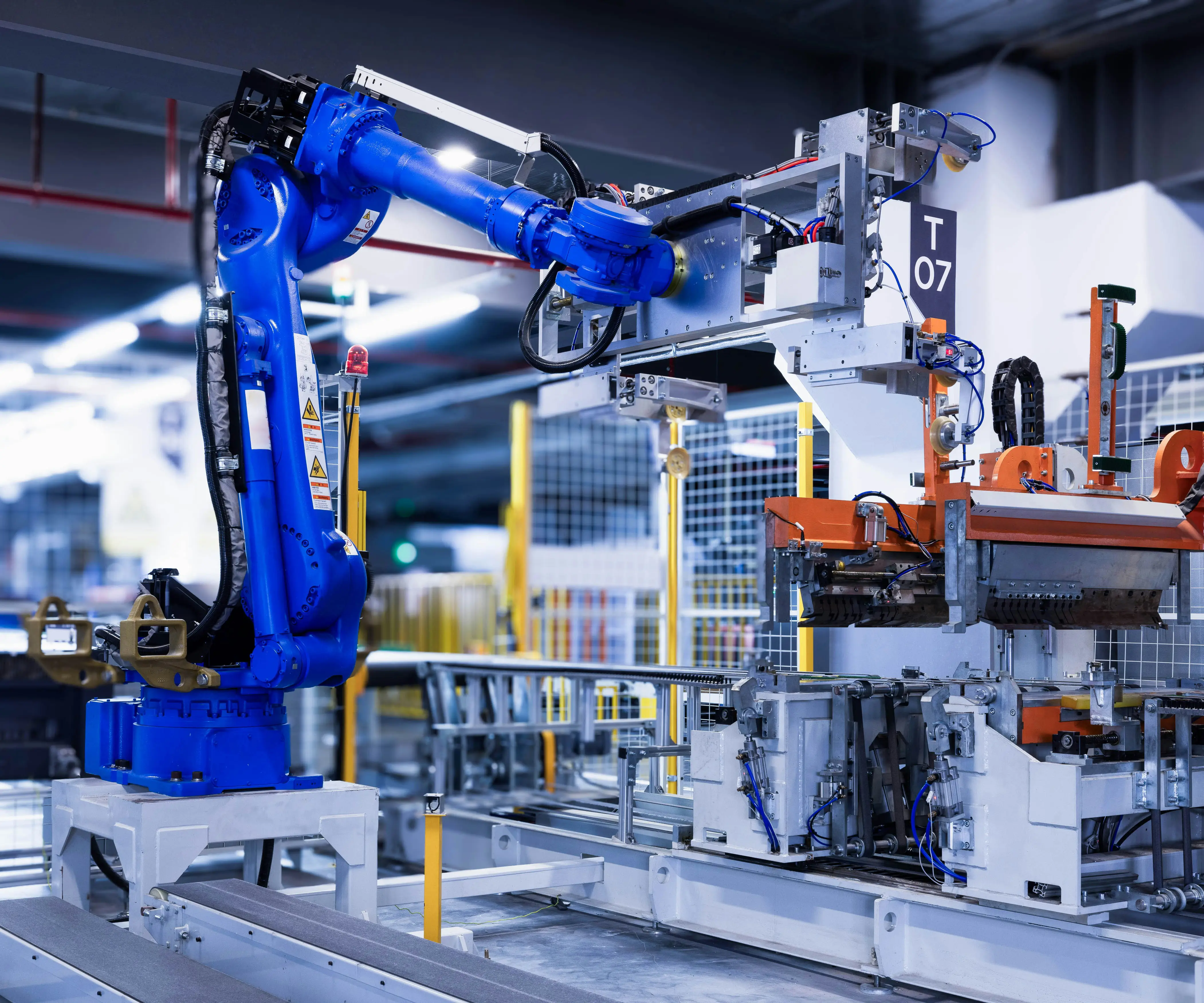Ever wonder how robots bend, twist, and do their thing without breaking a sweat? The secret lies in the incredible world of robotic joint types—these tiny marvels are the backbone of any complex robotic movement. Whether it's a robotic arm in a factory or a nimble humanoid, the right joint makes all the difference.

So, what exactly are these joints? Think of them as the hinge points that let robots mimic human gestures—like bending at the elbow, rotating at the shoulder, or twisting their wrists. But not all joints are created equal. In fact, the variety of joint types out there shows how nuanced robotic design can get. Let’s dive into the main players.
First on the list is the revolute joint. This one’s a star in robotic arms—imagine a door hinge that swings back and forth. It offers rotation along a single axis, ideal for tasks requiring a lot of angular movement. You see these in industrial arms that need to pick, place, or turn objects consistently.
Then, there's the prismatic joint—think sliding doors or telescopes. It moves linearly, extending or retracting along one axis. This type shines in applications where precise linear motion is critical, like sliding shelves or conveyor belts.
And don't forget the spherical joint, which is like a shoulder or hip. It allows rotational movement in multiple directions, giving robots a flexible, almost human-like range of motion. If a robot needs to reach around or twist, this is the one to use.
Now you might ask, "Why bother with different joint types?" Each has its strengths. Revolute joints are great for angular tasks, prismatic for linear motion, and spherical for multi-directional flexibility. Match the joint to the task—this is where the magic happens.
But how do you decide what's best for your project? Well, think about the movement complexity, precision needs, and load capacity. For example, in assembly lines, simple revolute joints handle repetitive tasks smoothly. If you want a robot to perform delicate surgeries, precise joints with minimal backlash are essential.
One fun fact: advancements in joint technology have made robots more adaptable, lighter, and faster. Materials like carbon fiber and advanced composites—combined with smarter joint designs—cut down weight without sacrificing strength. That’s a game-changer for mobile robots or those operating in tight spaces.
Want to build a robot that moves like a gymnast? It’s not just about adding joints; it’s about choosing the right joint types and configurations. That’s where understanding each one’s mechanics matters most. And if you stumble into design roadblocks, experts know how to tune joints for optimal performance.
Clients often ask what makes a joint "good." Reliability, durability, smooth movement—these are non-negotiable. But sometimes, it’s about the fine details: how quickly it responds, how much weight it can handle, how easy it is to maintain. These little things add up to big performance differences.
For anyone considering a robotic project, it’s like fitting puzzle pieces together. You need the right joints for the task at hand, no more, no less. It's fascinating how tiny mechanical parts can make a robot come alive. The future? Expect even smarter joints, more integrated sensors, and designs that push the limits of flexibility and strength.
In short, robotic joint types aren’t just basic components—they’re the heartbeats of any performing robot. Picking the right one can turn a clunky machine into a graceful performer. That’s the beauty of it.
Kpower has delivered professional drive system solutions to over 500 enterprise clients globally with products covering various fields such as Smart Home Systems, Automatic Electronics, Robotics, Precision Agriculture, Drones, and Industrial Automation.




































